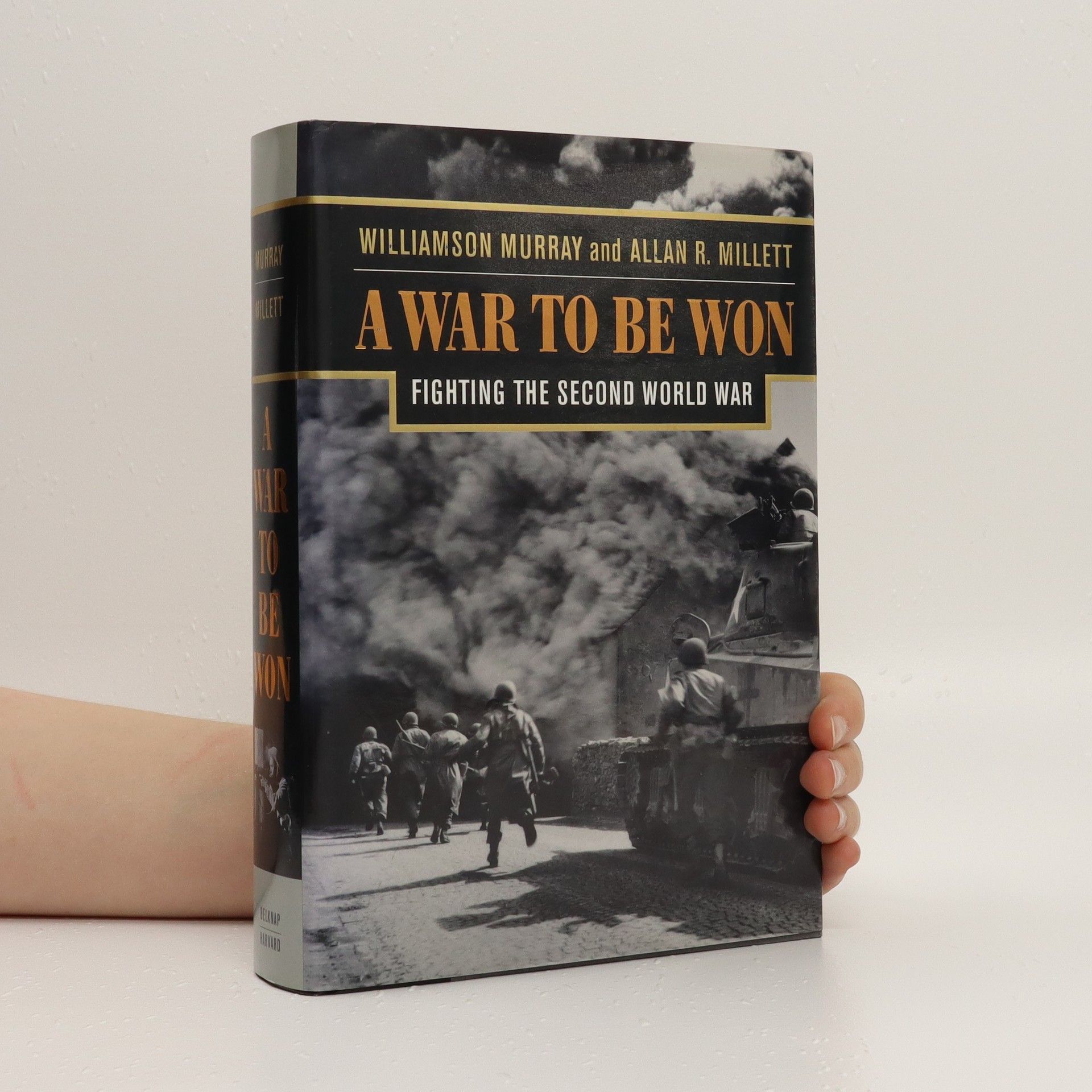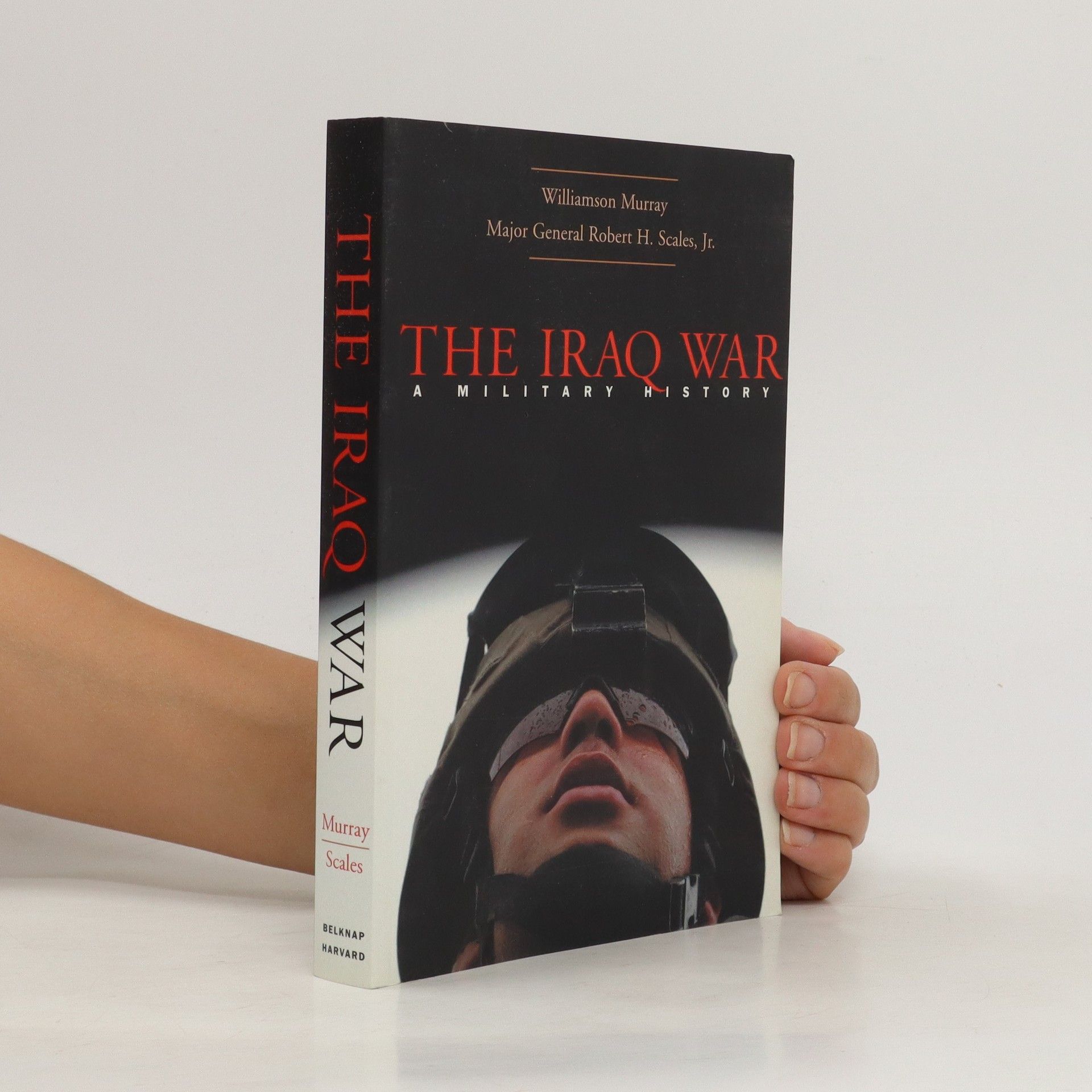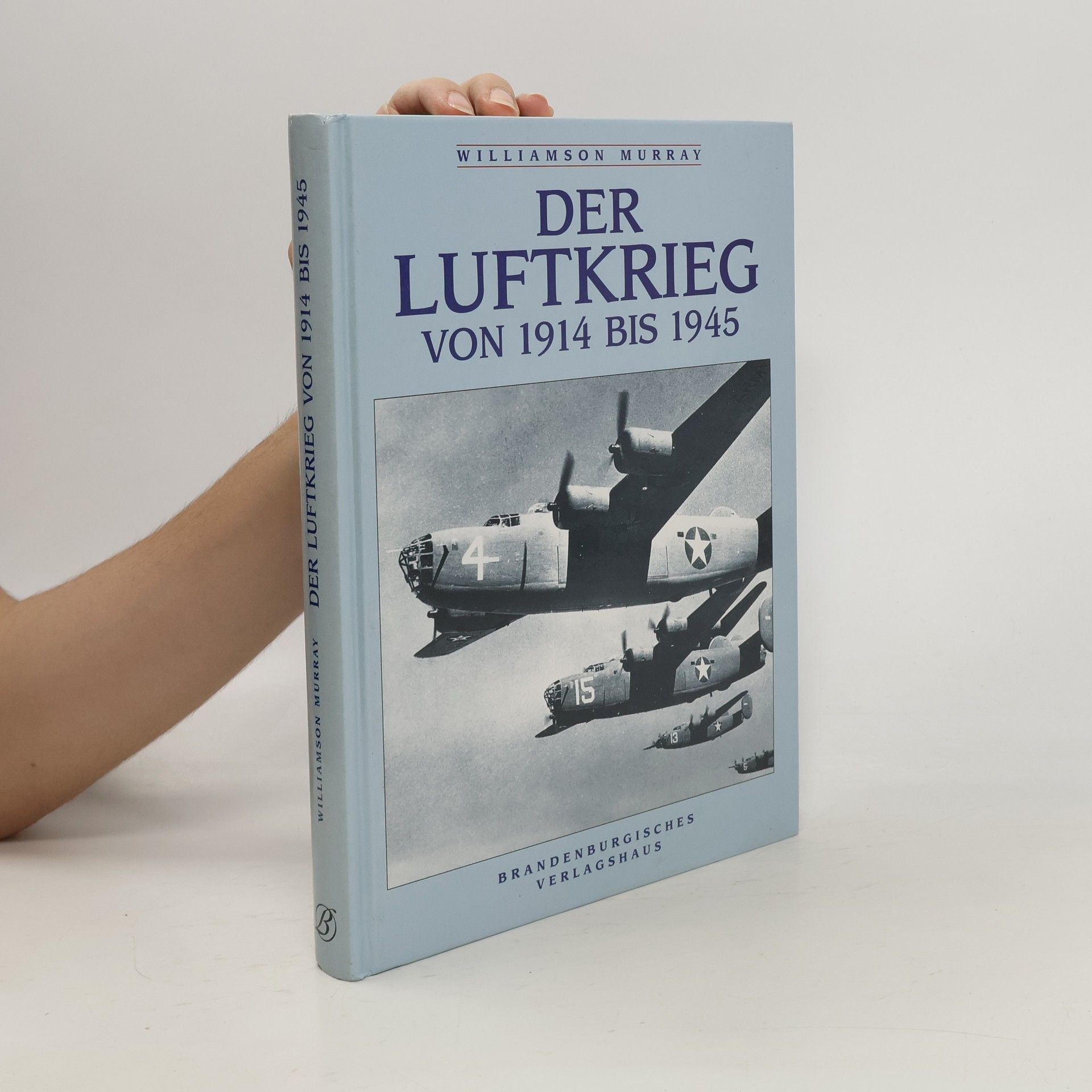This comprehensive history explores the transformative revolutions in warfare that have significantly influenced modern society. Through the lens of military strategy and innovation, the author delves into key developments that have redefined combat and military operations, providing insights into their implications for contemporary conflicts. The narrative is enriched by the author's deep expertise, making it a vital resource for understanding the evolution of warfare and its impact on global dynamics.
Williamson Murray Book order






- 2024
- 2023
Luftwaffe
- 334 pages
- 12 hours of reading
This book, first published in 1985, is an in-depth analysis of the Luftwaffe in the Second World War, using previously untapped German archives and newly- released 'Ultra' intelligence records. It looks at the Luftwaffe within the context of the overall political decision-making process within the Third Reich.
- 2021
Military Adaptation in War
- 354 pages
- 13 hours of reading
Exploring the challenges faced by military organizations, this book delves into their strategies for adaptation in the harsh realities of war. It highlights the complexities of decision-making, leadership dynamics, and the impact of evolving warfare on operational effectiveness. Through case studies and analysis, it provides insight into the resilience and ingenuity required for success in combat situations.
- 2021
Exploring iconic military rivalries, the book delves into legendary battles and the commanders who shaped history, such as Hannibal and Scipio, Grant and Lee, and Rommel and Patton. It offers an engaging analysis of their strategies, conflicts, and the lasting impact of their confrontations on warfare and leadership. This guide brings to light the brilliance and tactics of these military geniuses, providing readers with a captivating look at the art of war through the ages.
- 2021
The book provides a comprehensive analysis of the Luftwaffe during World War II, utilizing previously inaccessible German archives and newly released 'Ultra' intelligence records. It examines the role of the Luftwaffe within the broader political decision-making framework of the Third Reich, offering insights into military strategy and the impact of political dynamics on air warfare.
- 2006
In March 2006, President George W. Bush signed a new National Security Strategy that he refers to as a "wartime national security strategy" and states that to follow the path the United States has chosen, we must "maintain and expand our national strength." One way to do this is to study and propose solutions to the complex challenges the United States faces in the 21st century. At the U.S. Army War College, the students have embraced this challenge and spend a year developing their intellectual strength in areas that extend well beyond the familiar operational and tactical realm to which they are accustomed. This collection of essays written by students enrolled in the U.S. Army War College Advanced Strategic Art Program (ASAP) reflects the development of their strategic thought applied to a wide range of contemporary issues based in theory, doctrine, strategy and history
- 2005
The Iraq War
- 368 pages
- 13 hours of reading
In this unprecedented account of the intensive air and ground operations in Iraq, two of America’s most distinguished military historians bring clarity and depth to the first major war of the new millennium. Reaching beyond the blaring headlines, embedded videophone reports, and daily Centcom briefings, Williamson Murray and Robert Scales analyze events in light of past military experiences, present battleground realities, and future expectations.The Iraq War puts the recent conflict into context. Drawing on their extensive military expertise, the authors assess the opposing aims of the Coalition forces and the Iraqi regime and explain the day-to-day tactical and logistical decisions of infantry and air command, as British and American troops moved into Basra and Baghdad. They simultaneously step back to examine long-running debates within the U.S. Defense Department about the proper uses of military power and probe the strategic implications of those debates for America’s buildup to this war. Surveying the immense changes that have occurred in America’s armed forces between the Gulf conflicts of 1991 and 2003―changes in doctrine as well as weapons―this volume reveals critical meanings and lessons about the new “American way of war” as it has unfolded in Iraq.
- 2000
Chronicles the military operations and tactics of World War II in both the European and Pacific theaters from the Sino-Japanese War in 1937 to the surrender of Japan in 1945



